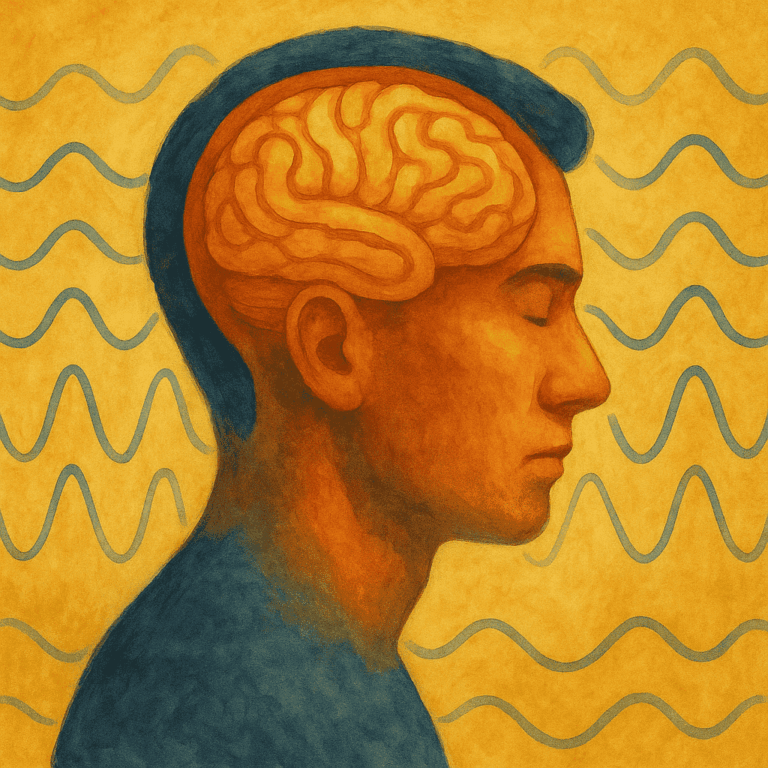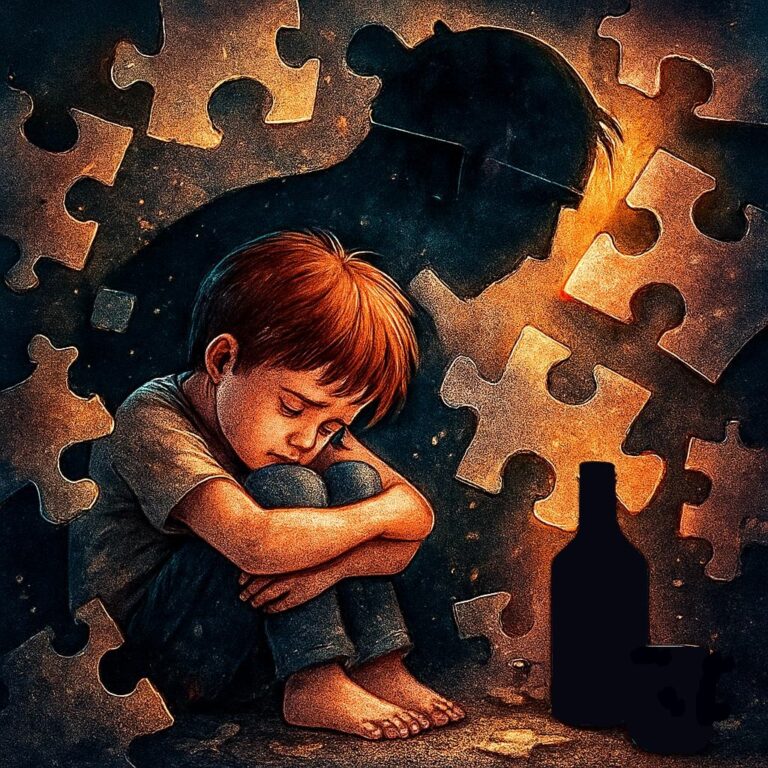The Science of Alcohol Tolerance
When it comes to alcohol’s effects on our body, science shows us it’s not about willpower – it’s about biology.
When casual drinking transitions into dependency, two critical phenomena emerge: tolerance and withdrawal. These biological responses aren’t just medical terms – they’re powerful forces that drive the cycle of addiction and make recovery challenging without professional help. At Ganaa, we specialise in helping individuals navigate these complex aspects of alcohol addiction through evidence-based treatment and compassionate care.
What is Tolerance?
Tolerance occurs when the body adapts to regular alcohol exposure, requiring increasing amounts to achieve the same effects previously experienced with lower quantities. This isn’t simply about “holding your liquor better” – it’s a warning sign of developing dependency.
Types of Tolerance
1. Metabolic Tolerance
– The liver becomes more efficient at breaking down alcohol
– Results in faster processing of alcohol in the bloodstream
– Can lead to increased consumption to maintain desired effects
– Places additional strain on the liver and other organs
2. Functional Tolerance
– Brain and body systems adapt to function under the influence
– Appears as seemingly normal behaviour despite high blood alcohol levels
– Creates dangerous false confidence in abilities while intoxicated
– Increases risk of alcohol-related accidents and injuries
3. Behavioural Tolerance
– Learned adaptation to alcohol’s effects in familiar environments
– May not transfer to new or stressful situations
– Can lead to dangerous overconfidence
– Often contributes to risky decision-making
The Progression of Tolerance
- Early Stages
– Subtle increases in alcohol consumption
– Drinking more frequently or in larger quantities
– Noticing less effect from usual amounts
– Beginning to plan activities around drinking
- Advanced Stages
– Significant increase in alcohol consumption
– Need to drink just to feel “normal”
– Physical dependence developing
– Increased risk of withdrawal symptoms
Understanding Alcohol Withdrawal
The Withdrawal Timeline
Stage 1: Early Withdrawal (6-12 hours after last drink)
– Anxiety and restlessness
– Mild tremors and sweating
– Nausea and stomach discomfort
– Sleep disturbances
– Elevated heart rate and blood pressure
Stage 2: Peak Withdrawal (24-72 hours)
– Intense anxiety and agitation
– Severe tremors and sweating
– Possible hallucinations
– Risk of seizures
– Confusion and disorientation
Stage 3: Extended Withdrawal (Up to 7-10 days)
– Gradual reduction in physical symptoms
– Ongoing emotional instability
– Persistent sleep problems
– Cravings and urges to drink
– Risk of post-acute withdrawal syndrome (PAWS)
The Danger Zone: Delirium Tremens
Delirium Tremens (DTs) is a severe form of withdrawal that requires immediate medical attention:
– Occurs in approximately 5% of withdrawal cases
– Usually begins 48-72 hours after last drink
– Can be life-threatening without proper treatment
– Requires professional medical supervision
Symptoms of DTs:
– Severe confusion and hallucinations
– Extreme agitation and tremors
– High fever and heavy sweating
– Seizures and loss of consciousness
– Cardiovascular complications
Professional Treatment at Ganaa
Our Comprehensive Approach
1. Medical Assessment
– Thorough evaluation of drinking history
– Assessment of tolerance levels
– Risk evaluation for withdrawal complications
– Development of personalised treatment plans
2. Medically Supervised Detoxification
– 24/7 medical monitoring
– Medication-assisted treatment when appropriate
– Management of withdrawal symptoms
– Prevention of complications
3. Ongoing Support
– Individual counselling
– Group therapy sessions
– Family support programs
– Holistic healing approaches
Evidence-Based Treatment Methods
Medication-Assisted Treatment (MAT)
– FDA-approved medications for withdrawal management
– Reduced risk of severe withdrawal symptoms
– Decreased cravings and urges
– Improved treatment outcomes
Therapeutic Support
– Cognitive Behavioral Therapy (CBT)
– Motivational Enhancement Therapy
– Stress management techniques
– Relapse prevention strategies
Managing Withdrawal Safely
The Importance of Professional Care
Attempting to withdraw from alcohol alone can be dangerous or fatal. Professional care provides:
– Safe medical supervision
– Immediate response to complications
– Comfort management
– Emotional support
– Reduced risk of relapse
Post-Acute Withdrawal Syndrome (PAWS)
PAWS can persist for months after initial withdrawal:
– Mood swings and anxiety
– Memory and concentration problems
– Sleep disturbances
– Energy fluctuations
– Increased stress sensitivity
Recovery and Beyond
Building a Foundation for Long-Term Sobriety
1. Understanding Triggers
– Identifying Personal Risk Factors:
– Conduct detailed analysis of past drinking patterns and situations
– Map emotional states that historically led to alcohol use
– Document specific locations, times, and social situations that increase cravings
– Recognize the role of stress, anxiety, and depression in drinking behaviour
– Developing Coping Strategies:
– Learn and practise mindfulness techniques for immediate stress relief
– Create a toolbox of healthy alternatives to drinking, such as exercise or creative activities
– Develop communication skills to express feelings without turning to alcohol
– Establish boundaries with people who may enable drinking behaviour
– Creating Emergency Response Plans:
– Design a step-by-step protocol for handling intense cravings
– Keep a list of emergency contacts readily available
– Identify safe spaces to go during high-risk situations
– Prepare responses for social situations where alcohol is present
– Building Support Networks:
– Connect with others in recovery who understand the journey
– Strengthen relationships with supportive family members and friends
– Join recovery-focused community groups
– Develop professional relationships with counsellors and recovery specialists
2. Lifestyle Modifications
– Establishing Healthy Routines:
– Create consistent sleep and wake times to regulate body rhythms
– Plan structured daily activities to prevent boredom and idle time
– Incorporate regular self-reflection and meditation practices
– Develop morning and evening routines that promote stability
– Improving Nutrition and Exercise:
– Focus on balanced meals that support brain chemistry and mood
– Establish regular exercise routines that boost natural endorphins
– Stay hydrated and learn to distinguish thirst from cravings
– Consider working with a nutritionist to address deficiencies from alcohol use
– Managing Stress Effectively:
– Learn and practise various relaxation techniques
– Identify early signs of stress before they become overwhelming
– Develop healthy outlets for emotional release
– Create work-life balance strategies to prevent burnout
– Building Sober Relationships:
– Seek out social activities that don’t involve alcohol
– Connect with others who prioritise healthy living
– Rebuild damaged relationships through honest communication
– Learn to socialise and have fun without alcohol as a crutch
3. Ongoing Support
– Regular Check-ins with Treatment Team:
– Schedule consistent appointments with addiction specialists
– Maintain open communication about challenges and successes
– Update recovery plans based on changing needs
– Address co-occurring mental health issues promptly
– Participation in Support Groups:
– Attend regular meetings to maintain accountability
– Share experiences and learn from others’ journeys
– Take on service positions to strengthen commitment
– Build a network of peers who understand recovery challenges
– Family Therapy Sessions:
– Work through familial patterns that contribute to addiction
– Improve communication within the family unit
– Help family members understand addiction and recovery
– Develop healthy family dynamics that support sobriety
– Wellness Activities:
– Explore holistic healing practices like yoga or meditation
– Engage in creative expressions through art or music
– Participate in outdoor activities that promote natural highs
– Discover new hobbies that bring joy and fulfilment
Preventing Relapse
Risk Awareness
– Understanding Personal Triggers:
– Keep detailed journals of emotional states and craving patterns
– Identify seasonal or situational risks to prepare for them
– Recognize the role of past trauma in triggering desires to drink
– Monitor physical health factors that might increase vulnerability
– Recognizing Early Warning Signs:
– Watch for changes in sleep patterns or appetite
– Notice increases in anxiety or mood swings
– Pay attention to romanticising past drinking experiences
– Identify isolation tendencies or withdrawal from support systems
– Maintaining Connection with Support Systems:
– Schedule regular check-ins with sponsors or mentors
– Participate actively in support group meetings
– Keep open communication with trusted family members
– Stay engaged with professional treatment providers
– Continuing Therapeutic Work:
– Address underlying issues that contributed to addiction
– Process new life challenges in healthy ways
– Develop growing emotional awareness and regulation
– Build on therapeutic tools and coping strategies
Building Resilience
– Developing Healthy Coping Mechanisms:
– Practise stress-management techniques daily
– Build emotional regulation skills through therapy
– Learn to sit with uncomfortable feelings without escaping
– Develop problem-solving skills for life challenges
– Strengthening Support Networks:
– Cultivate relationships with people who support recovery
– Participate in community service or volunteer work
– Join recovery-focused social groups or sports teams
– Build professional relationships that support growth
– Practising Self-Care:
– Establish regular sleep patterns and healthy eating habits
– Make time for activities that bring joy and relaxation
– Set boundaries to protect emotional and physical well-being
– Regular medical and mental health check-ups
– Maintaining Recovery Goals:
– Set short-term and long-term sobriety milestones
– Create achievable personal development objectives
– Review and adjust goals regularly with support team
– Celebrate progress while staying committed to growth
The good news is that our understanding of these processes has grown tremendously. We now know that while tolerance and dependence might seem overwhelming, they’re distinct from addiction and can be addressed with proper support. The key is recognizing these changes early and understanding that physical dependence doesn’t have to lead to addiction if addressed with appropriate care and medical support.
If you’ve noticed these changes in your life, know that you’re not alone. Many successful, accomplished individuals have walked this path before you. What matters isn’t how you got here, but that you’re considering making a change.
We’re here when you’re ready to take that first step.












